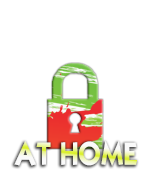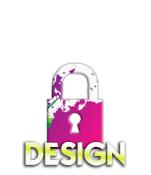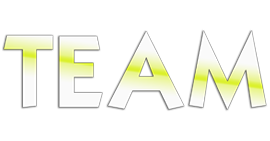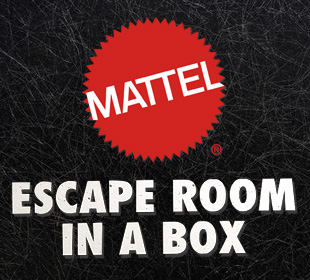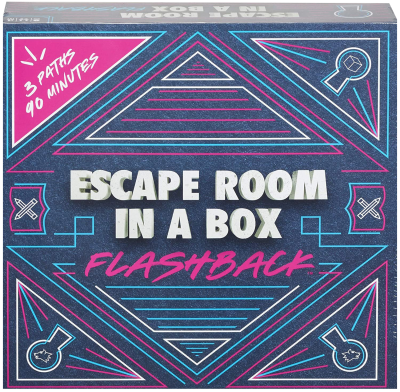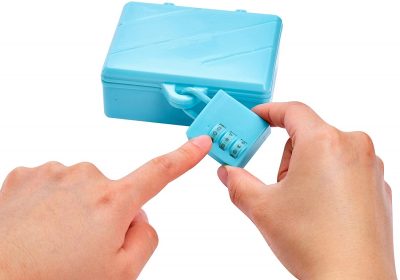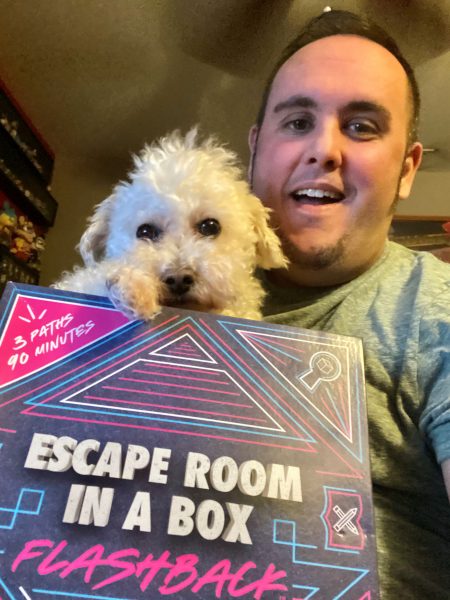RATING: 2 Keys RESULT: Win REMAINING: 4:35
Flashbacks are never good news.

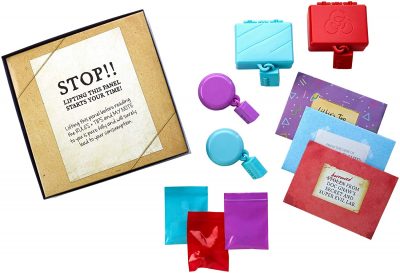 FROM THE DESK OF DR. LISA DAVID
FROM THE DESK OF DR. LISA DAVID
You are in terrible danger! Dr. Cynthia Gnaw, a mad scientist werewolf, is on her way to eat you. She will arrive in 90 minutes. Perchance you’ve heard of her previous shenanigans. Even if you survive that challenge, she’s not planning to let you live to tell the tale.
But there is hope. Although we’ve grown apart, Doc Gnaw as my childhood friend (I called her Thia.) It is my firm belief that we can bring the old Thia back by creating the ULTIMATE AMULET OF DE-WEREWOLFICATION. As is true of much in life, it is not the materials, but the journey that imbues the amulet with power.
Thus, I have created my own puzzle box for you. It has three paths, each with its own type of challenge. I wish you the best of luck in not becoming dinner and hope against hope you return my friend to me.
Like any great author who doesn’t actually understand their subject matter, Dr. Lisa David has apparently determined that the most sound way to reverse the mutated werewolf gene is to… solve a puzzle box. It’s almost as though she might not be the best source to take advice from.
Doc Gnaw, our resident poorly scripted scientist is back, with a whole new set of technical terms such as “awesome sauce,” “totes” and “woot” included in her files. As we mentioned in the original game’s review, “to make a story immersive, its characters have to be written in such a way that the audience can suspend disbelief and accept that they are real. We were left feeling as though Dr. Gnaw was either a teenage girl on Instagram, or scripted by one.” Sadly, this fact has not changed. Just the same, it’s our responsibly to finally be able to save her from her furry infliction. All we’ll need is a little hope (and a ring pop.)
All things considered, Flashback, as a sequel game, does a better job at keeping its narrative flowing than The Werewolf Experiment, but that is not to say it is without its own flaws.

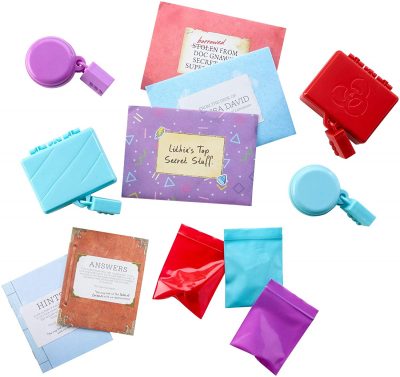 As we’ve touched on previously, being a home game, we define “Scenic,” from a graphic design perspective, as well as the quality, weight and feel of print materials inside the box.
As we’ve touched on previously, being a home game, we define “Scenic,” from a graphic design perspective, as well as the quality, weight and feel of print materials inside the box.
Inside Escape Room in a Box, there’s a lot of content. Three separate envelopes, each full of multiple sheets of paper, a few small science-themed physical components (like a small block, plastic puzzle pieces, and other artifact remnants which may come in handy) and four small locked boxes. And while Mattel packs the most “authentic-style physical content” into this home game, all of it feels cheaply made.
The boxes and locks are cast from flimsy plastic – so much so that they actually feel like they could fall apart if you turn the dials on them one too many times, something in itself that proves to be a challenging feat given the wheels rarely stay put as you’re setting a code. The printed materials have the sense of being screened on standard weight paper.
Unlike many other home games, Escape Room In A Box has no companion app of any sort, however, themed background music files can be downloaded from the official product website. It should be noted that it’s not entirely clear if this soundtrack is intended for The Werewolf Experiment or Flashback. At first glance, their combined duration is roughly 90 minutes, which would imply they’re geared towards the latter – however, mixed in with the music are voice over warnings of time being halfway up (when there’s actually 60 minutes remaining) and a 15 minute warning with 45 minutes left. There remains no official digital game clock for Flashback. (The instructions suggest you use your phone’s stopwatch.)

Flashback takes a non-linear approach, splitting its puzzles between three separate, color coded paths. Each track – red, blue and purple – are unrelated to each other, meaning larger groups could split up and work on things simultaneously. We’d suggest, however, that doing so might result in players finishing far more quickly than the intended duration of play.
Escape Room in a Box’s sequel game does fix some of The Werewolf Experiment’s biggest gaffes, removing all of the generic and tired puzzle book-style content, and for that, we’re grateful. That’s not to say that Flashback isn’t without its challenge flow flaws, however.
Once again, included along the way are a handful or riddles, some of which you may either know the answer to or not (and no, they are in no way connected to the theme.) There’s even some objects hidden outside of the game itself, in places like the retail packaging or under cardboard dividers within the box, instantly killing what little storyworld Flashback has managed to build up to that point, breaking the fourth wall for, well, absolutely no reason or benefit what so ever.
One of our biggest complaints in Escape Room in a Box’s first game centered around a multi-step puzzle full of time-sink style tasks that ultimately does nothing more than lead you to a hidden object freely available to be found at any point in time. For some reason, its sequel game, Flashback, carries that same design flaw yet again. Two different times. Should you find either object just through common-sense sleuthing – as we did, and as we’d imagine many other experienced players will, what will come from completing those two puzzle tracks is confusion at best, and at worst, unbridled frustration upon reaching the realization that the last several tiresome tasks served no purpose.
Flashback has a few tricks up its tattered sleeves, most notably something that physically changes before your very eyes. But for the good, there are equal moments Dr. Lisa might call poetic that the rest of us will likely find to be inane logic leaps. We did appreciate one particular throwback puzzle to The Werewolf Experiment, utilized in a completely new way for its sequel title. Unfortunately, things do somewhat fall apart in time for the finale puzzle, hindering some memories of the limited positives and sending players away remembering more Escape Room in a Box style frustration.

We were hesitant to try another Escape Room in a Box game, simply because we found so very much wrong with The Werewolf Experiment. In a small sense, we’re glad we gave this sequel a try. Flashback is certainly a vast improvement over the original – but, with not one but two entire puzzle tracks leading towards freely hidden objects within the box, there’s still a lot of frustration and potential wasting of players’ time due to nothing more than poor game design.
While we appreciate Mattel attempting to add the authenticity of “real” locks to open, their obscenely lower quality production value did little here to increase market share. Escape Room in a Box’s first outing quickly became one of our least favorite home games – and while they’ve improved things with Flashback, it’s still just not quite enough to compete for your dollar with higher quality experiences on the market.
*Montu, Escape Authority’s VP, Dog Business™ and lead home game correspondent endorses the opinions found within this review.
Show your support for Escape Authority and get social with us:

Venue: Mattel
Location: At Home Game
Number of Games: 2 (1 in this box.)
GAME SPECIFIC INFORMATION:
Duration: 60 minutes
Capacity: 8 people
Group Type: Private / You will not be paired with strangers (but if you are, call 911 immediately to report a home invasion.)
Cost (at Publish Time): $26.99 + shipping (Target.com)




